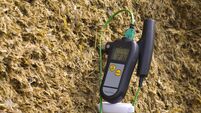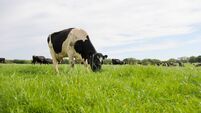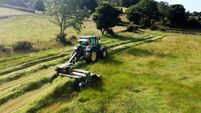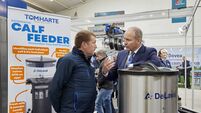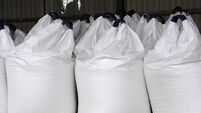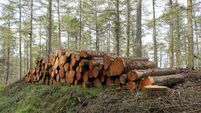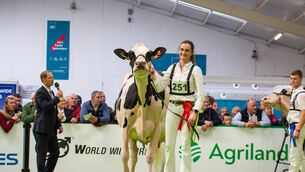Brian Reidy: Remember, no one can feed a dry cow for free
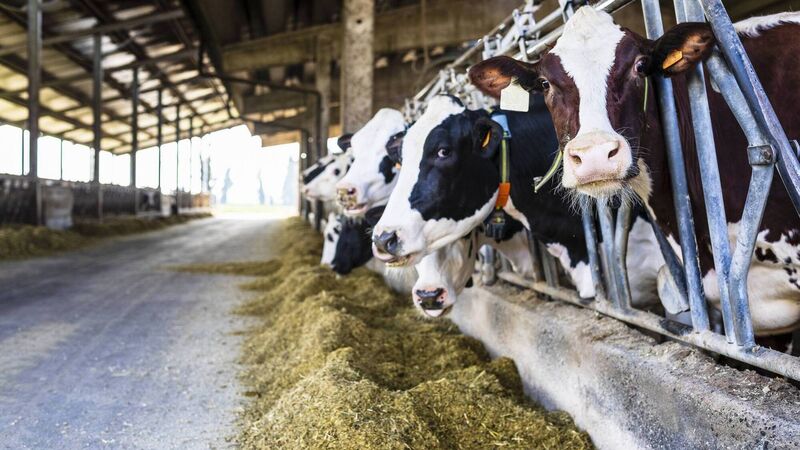
A long dry period is unnecessary, unwise, and very costly writes ruminant nutritionist Brian Reidy.
A long dry period is unnecessary, unwise, and very costly. Milk solids and milk yield, along with grass supply, silage quality, and body condition, should determine the nutrition management required at this time of year.
This should involve a cost-effective, balanced diet that supplies ingredients which are deficient in autumn grass; it should have a high energy content and effective fibre to provide structure in the rumen; and the aim must be to complement the grass available.
Maintaining performance and an appropriate body condition must be the focus. Drying cows and first-calvers excessively early is a huge cost to your business. Nobody can feed a dry cow for free.
The only cost you should attribute to a milking cow at this time of year is the meal cost and the associated costs of physically milking her (labour, power, etc).
A cow getting 4kg or 5kg of meal that is milking at present will only be eating this on top of the silage she would be eating if she were dry anyway.
At the current milk price, if cows are in good condition, keep them milking. Many top herds across Europe and beyond only have cows dry for 35-42 days.
BCS, milk protein, manures, gut fill and health can be key indicators to help monitor performance.
- Assessing dry matter intakes and measuring milk production will ensure action can be taken, where needed, to adjust the diet.
- Milk protein is a good barometer of the cow’s current energy balance;
- The diet from seven to 10 days ago is what influences today’s milk protein;
- Reading cow manure is useful in assessing diet performance, (undigested fibre and grains, colour and consistency);
- Ensure target dry matter intakes are being achieved;
- Dairy cows should be consuming 3-3.5% of their own body weight in dry matter;
- Are cows coughing?
- Is there a worm burden in the herd?
- Have you checked your herd for all respiratory diseases? IBR, RSV and PI3.
What also must be considered is that youngstock feed intakes are also plummeting. If we do some simple maths based on dry matter intakes for a 250kg heifer intended for breeding next spring, she must consume 5kg of dry matter to achieve 0.7-0.8kg of growth/weight gain per day.
If grass is 13% dry matter, she needs to eat over 38kg of fresh grass. This is not possible — therefore, she needs supplementation to continue to hit growth targets. These heifers are best housed if feeding them outside is not possible.

